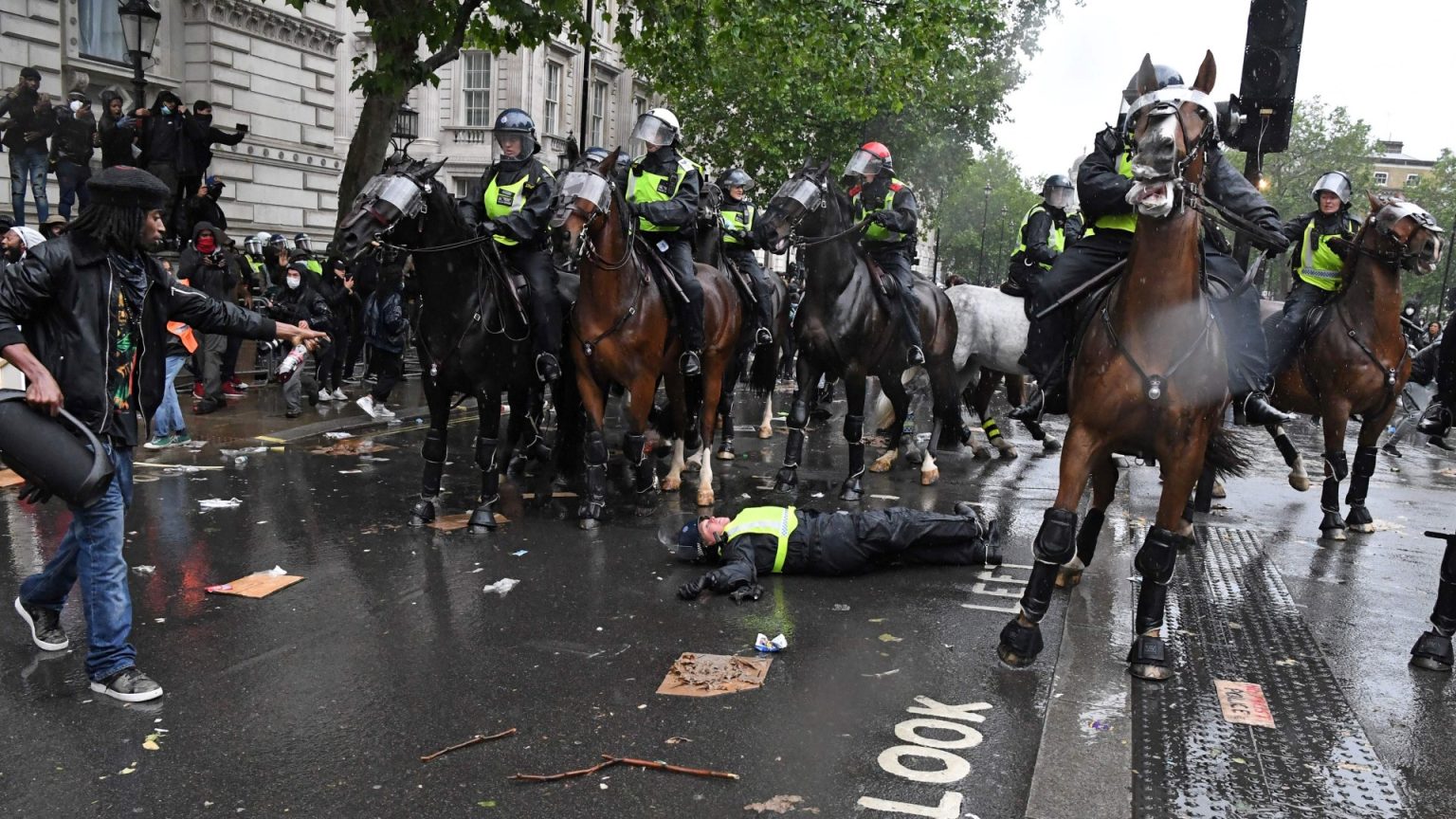On June 13, 2020, amidst the global outcry following the death of George Floyd, London’s Whitehall became the epicenter of a massive Black Lives Matter protest. Over 130,000 individuals gathered, their voices rising in a chorus of anger and grief. Among those tasked with maintaining order was Police Constable Nicky Vernon, a mounted officer astride a 14-year-old chestnut gelding named Rocky. What began as a demonstration descended into chaos as projectiles, including flares and fireworks, were launched towards the police lines. In the ensuing pandemonium, Rocky bolted, throwing PC Vernon to the ground with brutal force. The impact left her with a punctured lung, a head injury, and fractures to her spine, ribs, and collarbone.
The incident, which resulted in an eight-day hospital stay for PC Vernon, has left lasting physical and psychological scars. Beyond the immediate physical trauma, she continues to grapple with the debilitating effects of post-traumatic stress disorder and anxiety. This experience, she argues, was not simply an unfortunate accident, but a direct result of negligence on the part of the Metropolitan Police Service. PC Vernon has subsequently filed a High Court negligence case against the Met, seeking over £200,000 in damages. Her claim rests on two central allegations: firstly, that the Met deployed her and her mounted colleagues into a volatile and densely packed crowd, violating their own crowd control protocols and exposing them to a foreseeable risk of injury. Secondly, she asserts that Rocky, the horse she was assigned, possessed a documented history of unsafe behavior, rendering him unsuitable for such a demanding and unpredictable environment.
PC Vernon’s legal action throws into sharp relief the complex challenges faced by law enforcement in managing large-scale public demonstrations. The case raises critical questions regarding the adequacy of police training and protocols, particularly in relation to the deployment of mounted units in potentially hostile situations. It underscores the inherent risks associated with policing such events and highlights the potential consequences of failing to adequately assess and mitigate those risks. The use of mounted police in crowd control has long been a subject of debate, with proponents arguing for their effectiveness in maintaining visibility and projecting an image of authority, while critics cite concerns about the potential for escalation and unintended injuries to both protesters and officers.
The specific circumstances surrounding Rocky’s behavior on that day remain a focal point of the legal proceedings. PC Vernon’s claim hinges on establishing that the Met was aware of the horse’s alleged history of unsafe behavior and yet chose to deploy him in a high-stress environment. This necessitates a thorough examination of the horse’s training records, any previous incidents involving the animal, and the decision-making process that led to his deployment on June 13, 2020. The Met’s defense strategy, once filed, will likely counter these allegations, potentially arguing that Rocky’s reaction was an unforeseen consequence of the extraordinary circumstances or that the horse’s previous behavior did not warrant its exclusion from the operation.
The case also highlights the broader issue of officer safety and well-being within the context of public order policing. PC Vernon’s ongoing struggles with PTSD and anxiety serve as a stark reminder of the toll that such incidents can take on the mental health of frontline officers. The outcome of her lawsuit could have significant ramifications for how police forces assess and manage the psychological risks associated with deploying officers in potentially traumatic situations. Furthermore, the case may compel a reassessment of existing training programs and support systems to ensure that officers are adequately prepared for and supported through the emotional challenges inherent in their duties.
Finally, this case serves as a stark reminder of the inherent volatility of large-scale protests and the delicate balance that law enforcement must strike between maintaining order and protecting the rights of individuals to peacefully assemble. The events of that day in Whitehall, culminating in PC Vernon’s injuries, underscore the unpredictable nature of such gatherings and the potential for even peaceful demonstrations to escalate into violence. The legal battle that now ensues will not only determine the extent of the Met’s liability in this specific instance but could also shape future policies and practices regarding crowd control and the deployment of mounted police units. The court’s decision will have significant implications for both police forces and the public they serve, influencing the delicate interplay between the right to protest and the imperative to maintain public safety.


